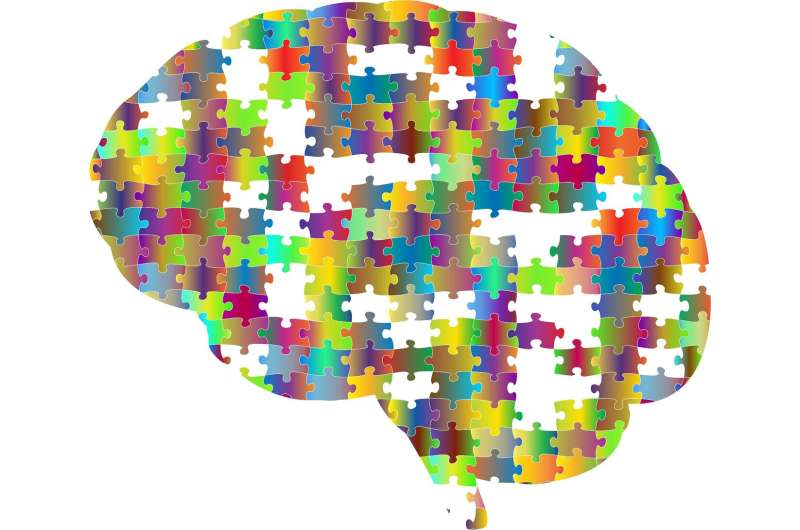Advances in Personalized Blood Tests for Monitoring Brain Cancer Progression

Researchers at Mayo Clinic have developed a promising new method for monitoring high-grade gliomas, an aggressive form of brain cancer. This innovative approach involves a personalized blood test designed to detect tumor-specific DNA fragments circulating in the bloodstream. Unlike traditional methods such as MRI scans and invasive biopsies, this blood test offers a faster, less invasive means to assess whether the tumor is progressing.
Currently, clinicians rely on brain scans and surgical biopsies to track tumor growth, but each has limitations. Imaging techniques can struggle to differentiate between actual tumor progression and treatment-related effects like inflammation. Biopsies, while accurate, are invasive procedures that are not practical for regular monitoring.
The new method, detailed in a study published in Clinical Cancer Research, leverages the presence of tumor DNA fragments in the blood. As glioma cells die, they shed genetic material into the blood, which contains unique markers specific to each tumor. However, gliomas typically release fewer DNA fragments into the bloodstream due to the blood-brain barrier, a natural defense mechanism that limits substance exchange between the brain and blood.
To enhance detection sensitivity, researchers focused on identifying tumor-specific DNA junctions—rearranged genetic segments present in higher quantities than typical DNA fragments. By targeting these junctions, the method improves ability to detect even minimal signs of tumor growth. These DNA junctions result from genetic rearrangements in tumor cells, forming when DNA breaks and reassembles in abnormal ways.
Lead researcher George Vasmatzis explains that this approach builds on years of studying genetic alterations in tumors. Using whole genome sequencing, scientists mapped each patient’s tumor genome to identify unique genetic markers. Personalized blood tests were then developed to detect these markers in plasma.
In trials, the blood test detected tumor DNA in approximately 93% of cases where the markers were present. Notably, in some patients, increases in tumor DNA levels were detected before MRI scans showed any changes, indicating potential for early detection of disease progression.
Collaborating with neurosurgeon Dr. Terry Burns, the research team envisions this blood-based monitoring as a proactive tool that could revolutionize how clinicians manage brain cancer treatment, allowing for more timely interventions. Future research aims to evaluate how well this method correlates with actual tumor progression across larger patient populations.
This breakthrough represents a significant step toward personalized medicine in neuro-oncology, providing hope for more effective and less invasive management of high-grade gliomas.
Stay Updated with Mia's Feed
Get the latest health & wellness insights delivered straight to your inbox.
Related Articles
Research Highlights Varied Use of Non-Medication Strategies for Migraine Management
A recent survey highlights the diverse use of supplements and therapies by migraine sufferers in New Zealand, emphasizing personalized approaches and the need for improved access to effective treatments.
Large-Scale Study Finds 'Flat-Line ECG' Predicts Poor Outcomes in Out-of-Hospital Cardiac Arrests
A large Japanese study reveals that 'flat-line' ECG in out-of-hospital cardiac arrests predicts poor survival and neurological outcomes, highlighting the need for guidelines on resuscitation termination.
Higher Child Mortality in England Linked to Life-Limiting Conditions and Palliative Care Disparities
A recent study reveals that over half of child deaths in England involve children with life-limiting conditions, exposing significant disparities and systemic gaps in pediatric palliative care services. Urgent reforms are essential to ensure equitable support for all vulnerable children and their families.
Innovative Shampoo-Like Gel Could Help Preserve Hair During Chemotherapy
A groundbreaking shampoo-like hydrogel developed by Michigan State University aims to protect hair follicles from damage during chemotherapy, offering a new hope for cancer patients experiencing hair loss. Source: https://medicalxpress.com/news/2025-09-shampoo-gel-chemo-patients-hair.html



